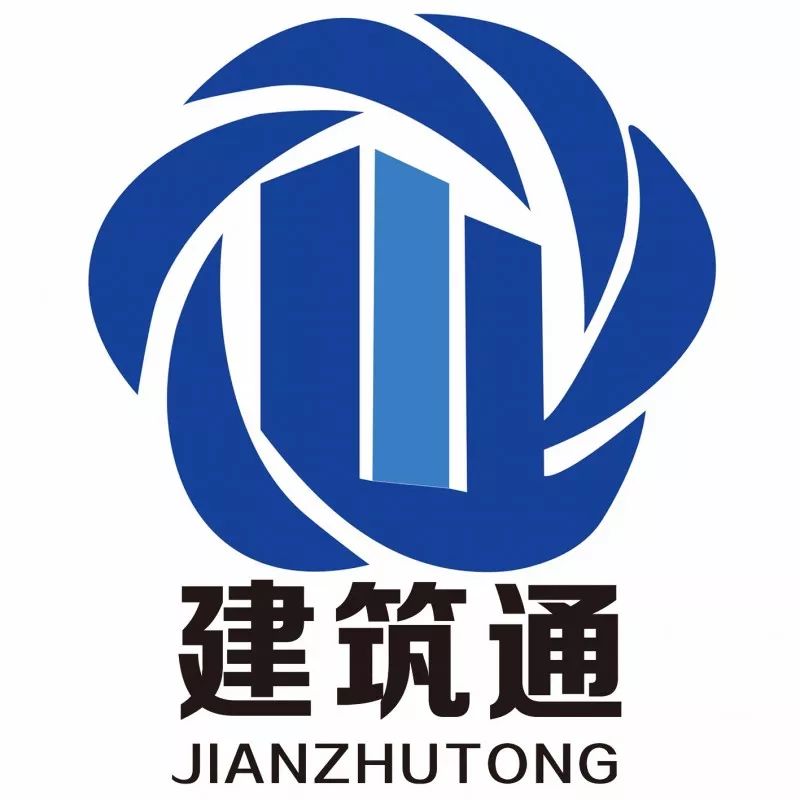The maximum subsidy period for a single project is 5 years.
A subsidy of up to 2 million yuan will be given to the application party (rooftop party) of the distributed photovoltaic power generation project using the energy contract management mode.
Subsidy time: 2021-2025 02 Shenzhen: BIPV maximum subsidy of 0.36 yuan/kWh Document: Shenzhen Development and Reform Commission issued Several Measures on Vigorously Promoting Distributed PV Power Generation (Draft for Comments) and Shenzhen Distributed PV Power Generation Project Management and Operation Guidelines (Draft for Comments) Subsidy policy: the municipal finance will subsidize the power generation included in the subsidy scope, including: benchmark conventional photovoltaic projects: the subsidy standard for grid connected power generation projects in 2022 and 2023 is 0.3 yuan/kWh, the subsidy standard for grid connected power generation projects in 2024 and 2025 is 0.2 yuan/kWh, and the subsidy standard for grid connected power generation projects in 2026 is 0.1 yuan/kWh; PV building integration (BIPV) project: the subsidy standard is 1.2 times of the benchmark conventional PV project.
Subsidies of up to 1 million yuan will be given to charging infrastructure projects.
Subsidy time: 2021-2025 02 Pinghu: public building roof photovoltaic 0.15 yuan/kWh Document: Pinghu Municipal People’s Government of Zhejiang Province issued a public solicitation of Several Opinions on the New Round of Encouraging the Construction of Photovoltaic Power Generation Projects in Pinghu City (Draft for Comments).
PV+buildings, BAPV and BIPV, as the basic tools for building energy conservation and efficiency enhancement and carbon emission reduction, are receiving more and more attention.
The domestic building PV market is rising rapidly.
1 Anhui 01 Xuancheng: Roofing 20 yuan/kw, BIPV 30 yuan/kw Document: Xuancheng Housing and Urban Rural Development Bureau’s “Xuancheng Photovoltaic Building Application Demonstration Project Construction Management Measures” (draft for comments) and “Xuancheng Photovoltaic Building Application City Pilot Special Fund Use Measures” (draft for comments).
Subsidy policy: For the rooftop photovoltaic power generation projects of public buildings such as schools, hospitals, party and government organs and villages (communities), a three-year power generation subsidy will be implemented, with an annual power price subsidy of 0.15 yuan/kWh based on the actual power generation..
Among them, Shangcheng, Gongshu, West Lake, Binjiang and Qiantang District will be given a one-time construction award of 0.2 yuan/watt, while other regions will be given a one-time construction award of 0.1 yuan/watt.
Subsidy policy: the building roof photovoltaic project will be given a construction subsidy of 20 yuan/kilowatt; The building facade photovoltaic building integration project will be given a construction subsidy of 30 yuan/kilowatt.
Subsidy time: 2022-2026 3 Zhejiang 01 Hangzhou: the maximum subsidy is 0.2 yuan/watt Document: Hangzhou Development and Reform Commission of Zhejiang Province publicly solicited the Implementation Opinions on Further Accelerating the Construction of Photovoltaic Power Generation Projects in Our City (Draft) Subsidy policy: promote various state-owned enterprises to build photovoltaic facilities.
The “Fourteenth Five Year Plan” Building Energy Conservation and Green Building Development Plan, “County wide PV” and other national policies have been implemented successively, BIPV related standards are maturing, and industrial enterprises are actively innovating and exploring.
At present, more than 20 cities in 13 provinces, including Anhui, Guangdong, Zhejiang, Shaanxi and Jilin, have defined the subsidy policy for photovoltaic buildings.
Large structures (buildings) suitable for photovoltaic installation (with installation conditions and value, the same below) of public infrastructure such as water plants and sewage treatment plants must be installed; At the same time, PV supporting construction design must be considered in the planning and design of structures (buildings) of new projects.
Subsidy time: 2022-2023 2 Guangdong 01 Guangdong Province: the maximum subsidy is 0.3 yuan/kWh Document: Measures of Guangzhou High tech Zone, Guangzhou Development Zone, Huangpu District, Guangzhou City for Promoting Green and Low Carbon Development Subsidy policy: For investors of distributed photovoltaic power generation, Subsidies of 0.15 yuan/kWh [if the application party (rooftop party) is a non public institution] and 0.3 yuan/kWh [if the application party (rooftop party) is a public institution] will be given.
For example, on March 31, Xuancheng, Anhui recently issued a subsidy policy for building photovoltaic, with a subsidy of 20 yuan/kW for building roof photovoltaic projects and 30 yuan/kW for BIPV projects; In January of this year, Shenzhen issued a support policy, with a maximum subsidy of 0.36 yuan/kWh for BIPV projects.
As an important carrier of carbon emissions, buildings are also the focus of dual carbon work.
The goal of “3060 double carbon” is China’s solemn commitment to tackling global climate change.
Solid Lifting Socket Cross Pin
Rewards and subsidies will be given to photovoltaic projects that are built and connected to the grid in Hangzhou from 2021-2025, and the annual photovoltaic utilization hours exceed 900 hours (relevant certificates will be issued by the State Grid Power Supply Company after the grid connection is completed for one year).
Subsidy policies for green buildings have been introduced in various regions to help BIPV industry.



